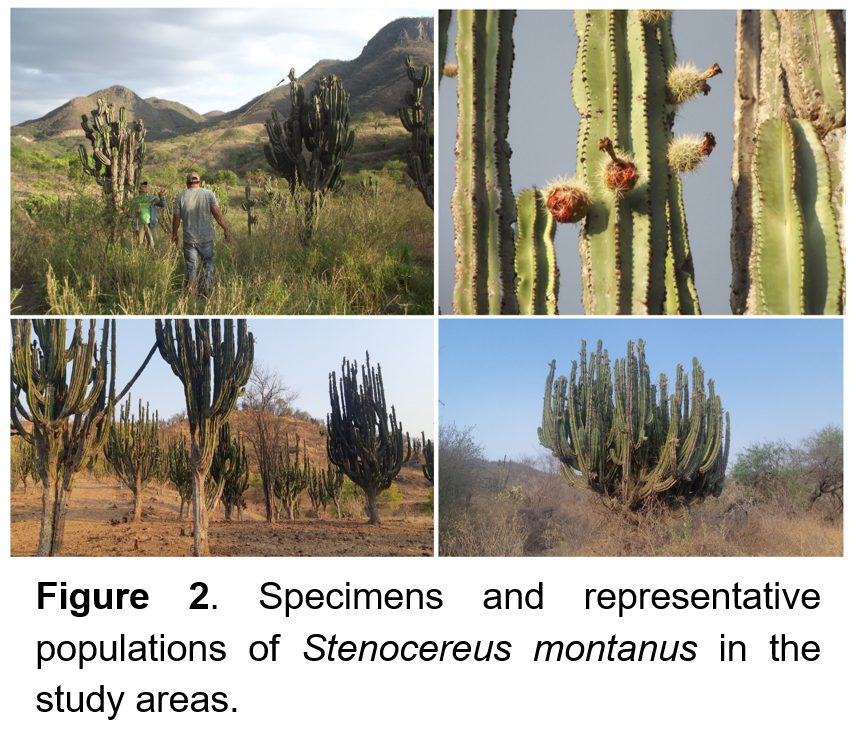Sociocultural and economic significance in the harvest of the pitaya sahuira (Stenocereus montanus) in Sinaloa, Mexico
DOI:
https://doi.org/10.56890/jpacd.v24i.502Keywords:
wild edible plants, wild fruits, Stenocereus queretaroensisAbstract
Pitayas (Stenocereus spp.) are one of the most important wild plants in Mexico; however, there are few studies that evaluate the harvest value and commercialization of local species. This research records the sociocultural and economic importance of the harvest of pitaya sahuira (Stenocereus montanus) in two localities of the state of Sinaloa, Mexico: 1) San José del Llano, Badiraguato, and 2) several small communities in the municipality of Choix. Semi-structured surveys and participatory evaluation were carried out with different people who harvest and market the pitaya fruits during the production season to document the harvest method, productivity, commercial value, fruit destination, cultural perceptions, and the differences between both regions. In both localities, daily harvests are made, and it constitutes the main economic activity during the production season, about 40 to 50 days between May and July. In San José, the harvest is carried out by men and women, while in Choix, it is practically exclusive by men. Higher productivity was recorded in San José, reflected by a greater amount of daily fruit harvested in a workday; however, in Choix, the fruit has a higher sales value, which balances the estimated annual earnings of around 1,940 dollars per harvester (~40,000.00 Mexican pesos). Given its great commercial value, it is necessary to implement cultivation and domestication strategies at the local level, as a regional economic alternative and to reduce the pressure on native populations. This work incorporates additional evidence on the great cultural and economic importance of the genus Stenocereus in Mexico and motivates the design of better strategies for sustainable use and the revaluation of this biocultural heritage.
Publication Facts
Reviewer profiles N/A
Author statements
Indexed in
- Academic society
- Journal of the Professional Association for Cactus Development
- Publisher
- Professional Association for Cactus Development




